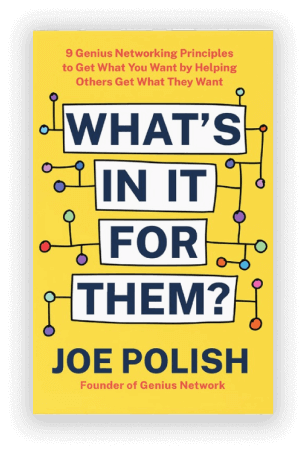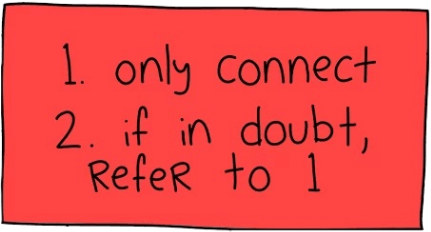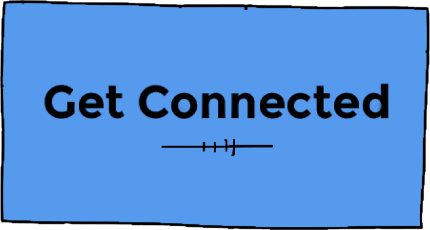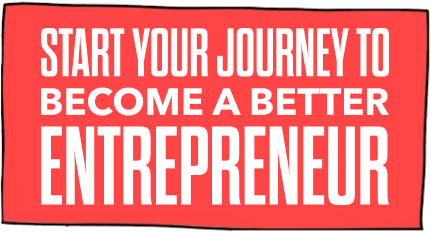When Violence Is The Answer: What To Do When Your Life Is At Stake an Interview with Joe Polish and Tim Larkin
[mashshare]
Episode Summary
Is violence ever “the answer?” In this interview with Tim Larkin, Joe Polish examines this question and more. Topics include saving your life when facing danger and how to know if you should engage (or avoid) a potentially violent situation
Tim Larkin is the leading pro victim rights and personal safety advocate and inductee into the black belt hall of fame.
Here’s a glance at what you’ll learn in this episode:
- When Violence Is The Answer: What To Do When Your Life Is At Stake
- How to save your life (and your loved one’s life) when facing danger
- From Piranha, to Pariah, to Powerhouse: The gruesome life-altering injury that changed Tim’s life for the better
- How to avoid the unavoidable, minimize the chances of violence and live a great life
- What to do when someone bigger, faster and stronger than you forces their will on you…
- Tim shares his definition of “violence” and the biggest myths surrounding violence
- A vital distinction between social aggression and asocial violence that could save your life
- Why violence is stigmatized by the public and what you NEED to know to survive the unthinkable…
- The Rosetta Stone of Self-Protection: This ONE THING could protect you from almost any bodily harm
- When violence is NOT the answer (How to know when to avoid using violence)
- Your Brain Is Your Deadliest Weapon: The right way to use, prepare and train your brain
- An ugly truth about the world we live in that everyone should be aware of…
- The 3-Day Test: How to know if you should engage (or avoid) a potentially violent situation
WHAT'S IN IT FOR THEM?
Get the first chapter for FREE and a limited-time viewing of "Connected: The Joe Polish Story"
Show Notes
- The more interesting question is “when is violence the answer?”
- Violence has been so stigmatized by society that people have effectively disarmed themselves.
- Tim was introduced to the Seal Teams when he was only 12 years old and decided that was what he wanted to be. Once he graduated college, he joined the program and flew through training.
- Due to an injury Tim sustained during a training session, he went from the top of the class to unable to stay on the team.
- Being bigger, faster, and stronger can easily be taken out when you understand injury and the human body.
- Prior to the advent of the UFC and MMA, nobody in the Seal Teams really took hand to hand combat too seriously.
- Most people can notice the physical differences in body type, but a true combat master understands the similarities.
- Injury to the human body is the rosetta stone for self protection.
- Fight is a very non specific term, when you say violence everyone knows what you mean.
- 70% of Tim’s clients have had something violent happen to them in their life.
- The most difficult thing to wrap our heads around is that we are biologically wired for violence. Our greatest source of protection is to program our brain to use to the tools and techniques that are available to us.
- Violence in self protection compared to martial arts like the UFC is very different. There is no place in athletic competition for deliberating injuring someone. In a dangerous situation you absolutely want to understand how to inflict injury on the human body.
- The goal of Tim’s book is to give someone who reads it the opportunity to avoid the avoidable and minimize the chance of them suffering from violence.
- Never in the history of the United States have we been more unprepared for a black swan event. We see violence in various forms all the time but have no real idea how to deal with it.
- The more physically prepared you are for violence, the more mentally prepared you are for the aftermath.
- Tim’s three day test: If this situation escalates, will you be okay with the choice if you are sitting in a jail cell or under ground three days later?
- Violence is merely a tool, how you use the tool determines whether or not it was a just act. We should be able to use the same skill sets in order to protect ourselves.
- Most people see athletic competitions like the UFC and assume that you have to be physically similar in order to protect themselves, but competition is not the same as destruction.
- We do all the work when we are injured, this allows you to take away your assailants bigger, stronger, faster status.
- True violence is devoid of communication.
- Antisocial aggression is what most of us want to do when we respond to aggression, it still involves communication and can de escalate. Asocial aggression is where you are an obstacle in the way of a predator.
- Don’t worry about the loud mouth, worry about the quiet guy in the corner who is pulling their knife out and getting ready to spring into action.
- Violence is the only solution when you find yourself in an asocial situation.
- The one thing we will never be able to control is the intent to do harm. That is the ultimate concealed carry.
- Your brain is the first tool in self protection, it’s how you understand the tool of violence and how to use it.
- If there is any hesitation of whether or not to use violence, it’s not the time. You won’t have time to ask yourself the question when violence is really needed.
- In most situations, you have a choice to not engage and not feed the fire.
- You have to understand that people are days away from being at each other’s throats if the system falls apart. We have a unrealistically rosy picture of the world.
- Protecting yourself and understanding how violence works makes you into a more peaceful individual.
- Once we become adults, we stop giving ourselves permission to be terrible at something. No matter your physical condition, you can learn how to use violence correctly.
- Violence cuts against all demographics and political persuasions.





